Chihuahuas, the tiniest of dog breeds, pack a surprising amount of personality into their petite frames. Originating from Mexico, these charming canines are not only …
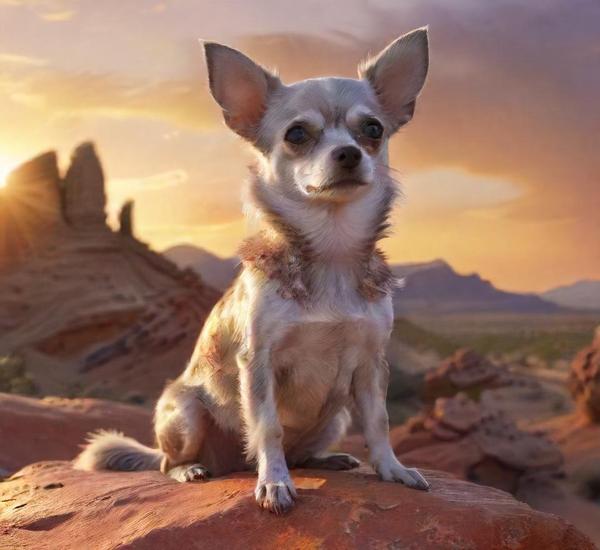
Happy Paws: All About Dogs

Chihuahuas, the tiniest of dog breeds, pack a surprising amount of personality into their petite frames. Originating from Mexico, these charming canines are not only …
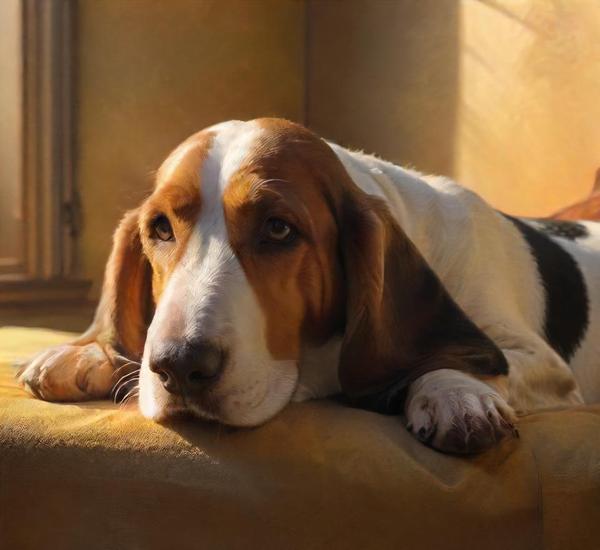
The Sloughi, often referred to as the Arabian Greyhound, is a breed that embodies both elegance and ancient history. Originating from the deserts of North …
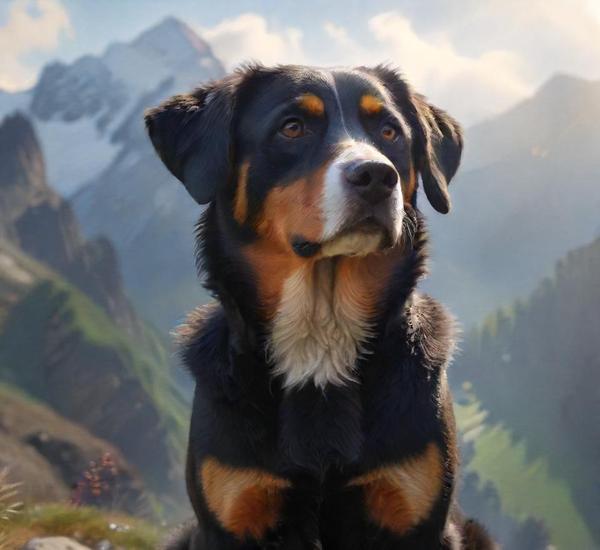
The Entlebucher Mountain Dog, often simply called the Entlebucher, is a captivating breed known for its vibrant energy and unwavering loyalty. Originating from the rugged …
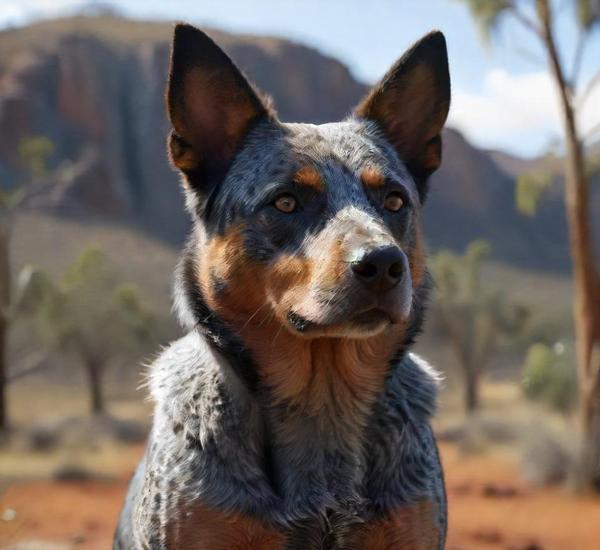
The Australian Cattle Dog, often known for its remarkable intelligence and unwavering drive, is a breed that embodies both agility and resilience. Originating in Australia, …
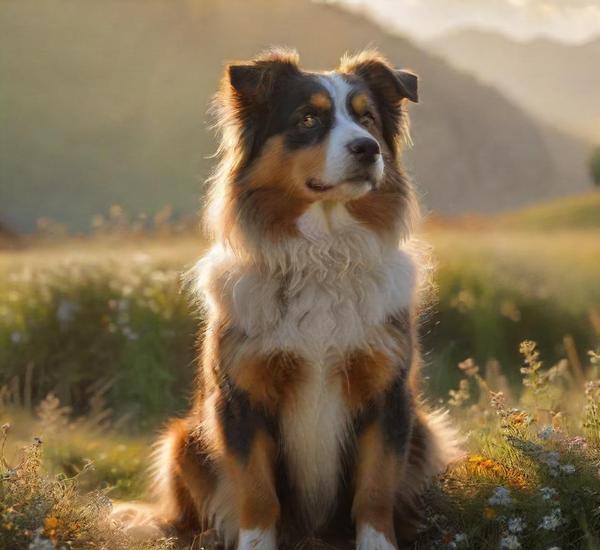
The Miniature American Shepherd, often referred to as the Mini Aussie, is a relatively new and increasingly popular breed that has captured the hearts of …
The Griffon Bleu de Gascogne, a rare and captivating breed, stands out with its unique blend of elegance and rugged charm. Originating from the Gascony …

Golden Retrievers are renowned for their friendly demeanor, intelligence, and versatility, making them one of the most beloved dog breeds in the world. Originating from …
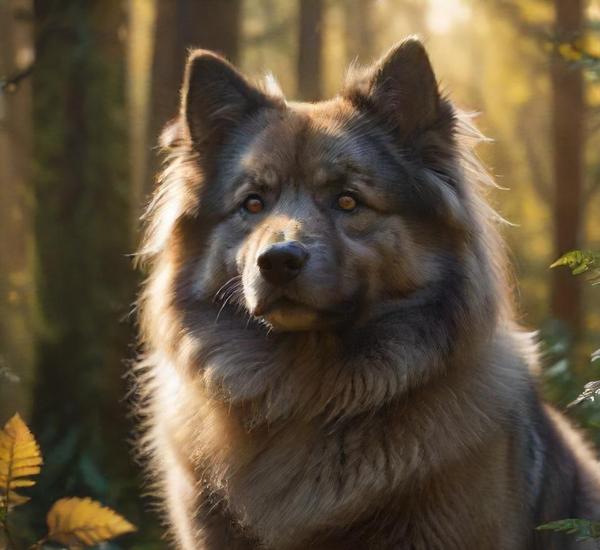
The Keeshond, often described as the smiling Dutchman, is a distinctive and charming breed with a captivating appearance and a lively personality. Known for its …

The Karelo-Finnish Laika is a breed that embodies the rugged spirit and resilience of the northern wilderness. Originating from the cold, expansive forests of Finland …
The Carea Leones, an ancient Spanish herding breed, stands as a testament to the rich pastoral traditions of northern Spain. Known for their remarkable agility …